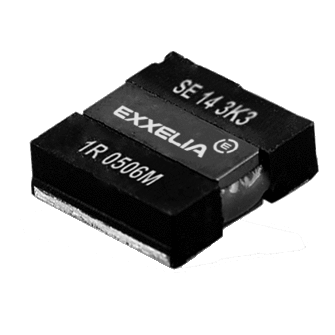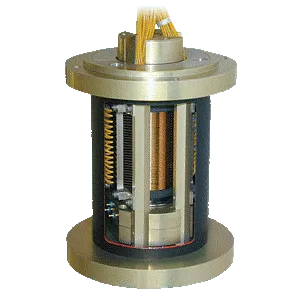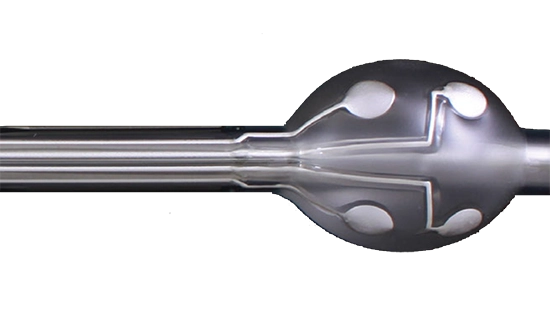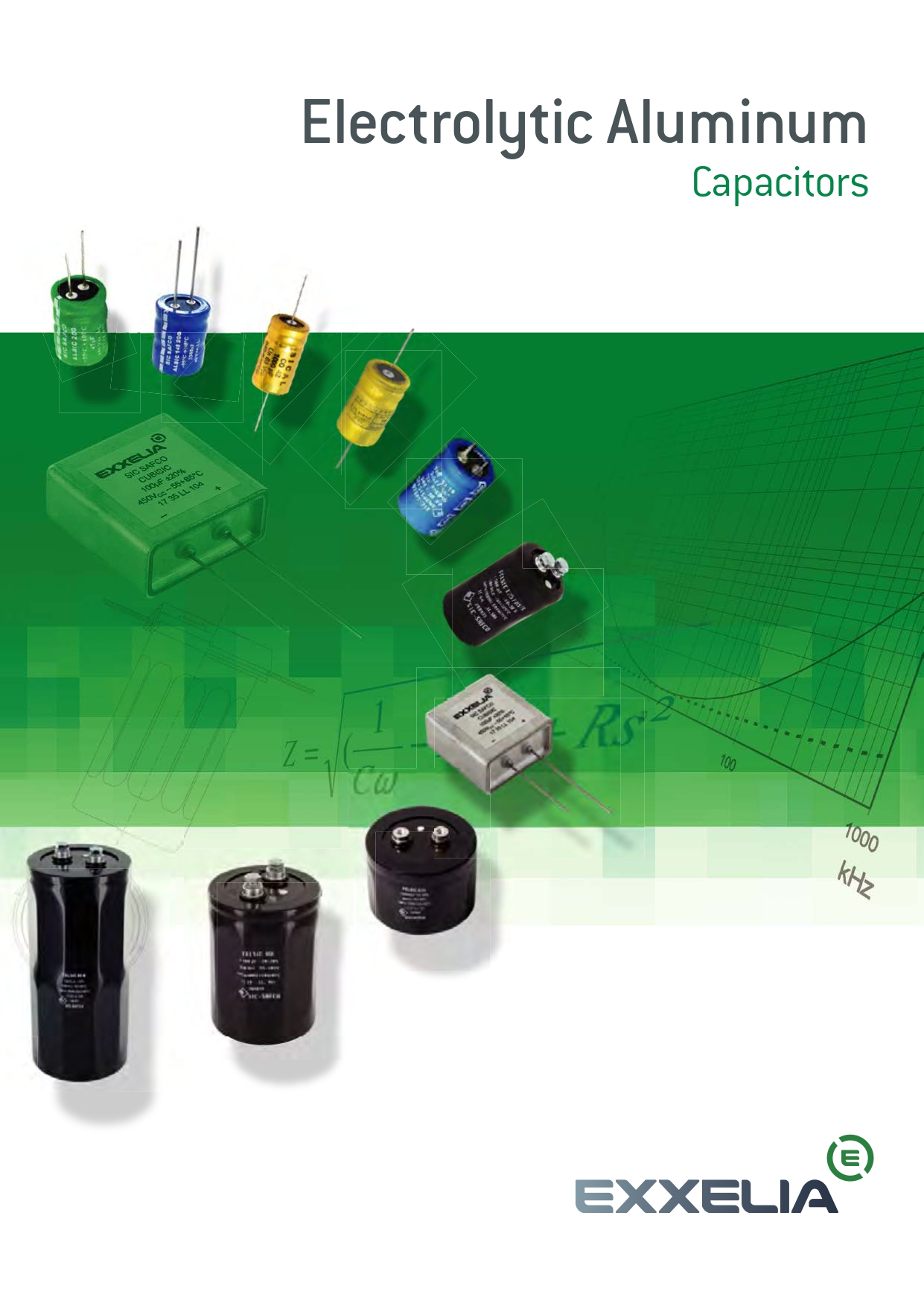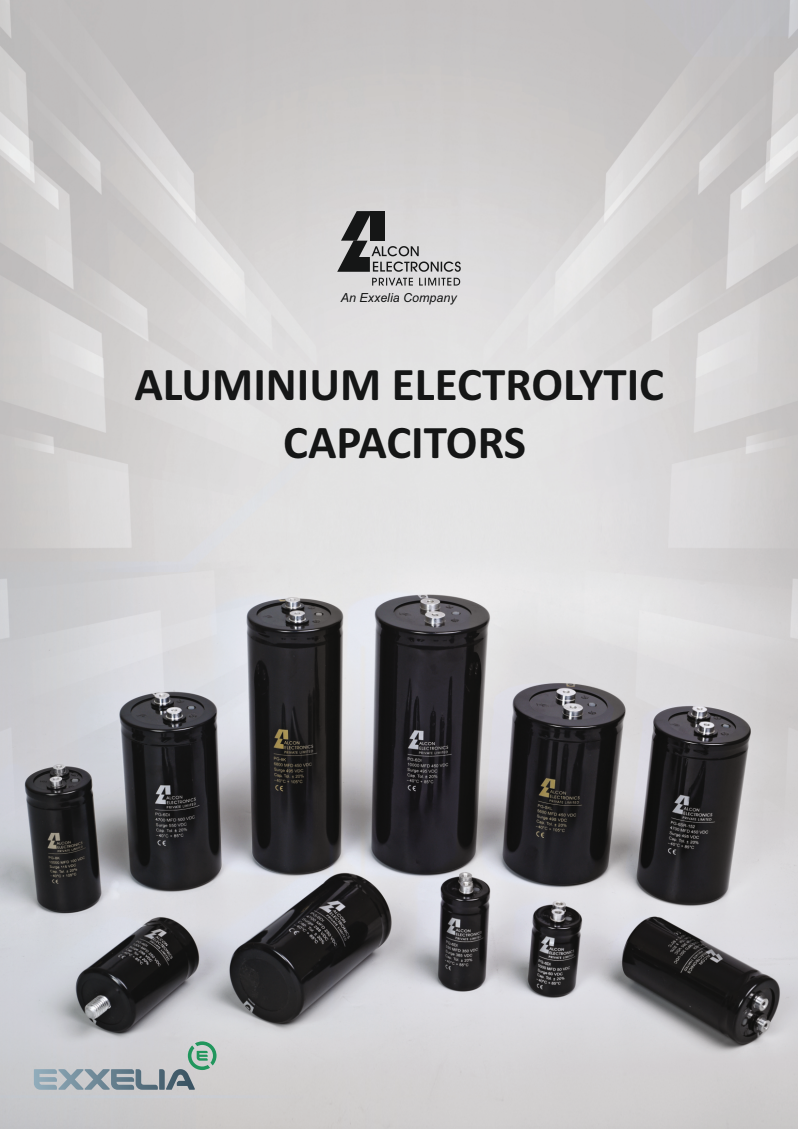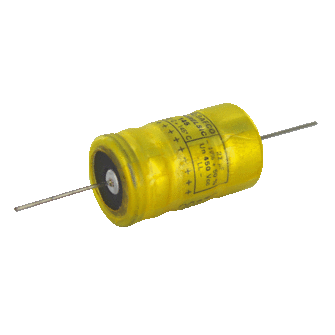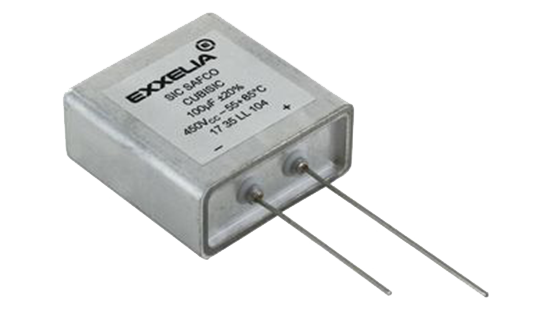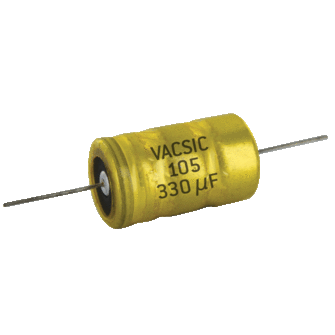
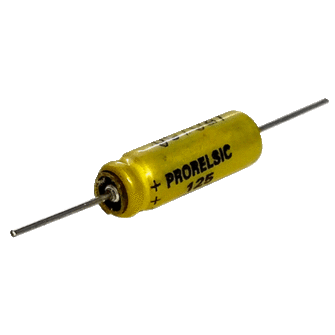


Typical applications :
- Filtering
|
PN
|
Capacitance
|
Voltage Rated AC
|
Tolerance
|
Mounting
|
Operating Temp
|
RoHS
|
Voltage Rated DC
|
|---|---|---|---|---|---|---|---|
| A701020 | 47µF | - | -10% +50% | - | - | - | 10V |
| A701021 | 68µF | - | -10% +50% | - | - | - | 10V |
| A701029 | 100µF | - | -10% +50% | - | - | - | 10V |
| A701028 | 100µF | - | -10% +50% | - | - | - | 10V |
| A701030 | 150µF | - | -10% +50% | - | - | - | 10V |
| A701022 | 150µF | - | -10% +50% | - | - | - | 10V |
| A701023 | 220µF | - | -10% +50% | - | - | - | 10V |
| A701031 | 300µF | - | -10% +50% | - | - | - | 10V |
| A701024 | 330µF | - | -10% +50% | - | - | - | 10V |
| A701032 | 420µF | - | -10% +50% | - | - | - | 10V |
| A701025 | 470µF | - | -10% +50% | - | - | - | 10V |
| A701033 | 600µF | - | -10% +50% | - | - | - | 10V |
| A701026 | 680µF | - | -10% +50% | - | - | - | 10V |
Compliance and certifications

NFC

DIN

IEC
Would you like to ajust a little something?
Customize it
2related document(s)


